Introduction
The Coontie Palm, also known as Zamia integrifolia, is an attractive and hardy plant native to the southeastern United States, particularly Florida. This palm-like plant is not actually a true palm, but a cycad, a type of ancient seed-producing plant that dates back millions of years. The Coontie Palm is often chosen for its resilience and low-maintenance nature, making it an ideal addition to gardens, landscapes, and even indoor spaces. Its leathery, glossy green leaves and its ability to thrive in a variety of growing conditions make it a unique choice for many gardeners.
Whether you’re looking to add some tropical flair to your garden or are in search of an indoor plant with a bold presence, the Coontie Palm can meet both needs. With this guide, you will learn everything you need to know about growing, caring for, and enjoying the Coontie Palm, including propagation, pests and diseases, seasonal care, and its many uses.

Background and Origins of Coontie Palm
The Coontie Palm is native to the southeastern U.S. and the West Indies. Found primarily in Florida’s coastal regions, this plant has adapted to a variety of environments, from sandy soils to more nutrient-rich, forested areas. Historically, Native Americans used the roots of the Coontie Palm as a source of food after processing them to remove toxins. These roots were ground into a starchy substance, making them a valuable resource.
Though the Coontie Palm is not a true palm, it shares many similarities with palm trees, such as its feather-like leaves and tropical appearance. The plant can be found growing in both tropical and subtropical climates, and it’s especially popular in Florida landscapes due to its resilience and drought tolerance.
Plant Profile of Coontie Palm
The Coontie Palm is a slow-growing, evergreen perennial with a striking appearance. It grows as a small shrub, typically reaching heights between 2 to 4 feet. The plant’s leaves are long, leathery, and glossy, arranged in a feather-like pattern. Its crown of foliage grows from a short, stout stem, which is partially hidden by the plant’s sprawling roots. This makes it an ideal addition to garden beds or as a focal point in container gardens.
Despite its palm-like appearance, the Coontie Palm is not a palm tree. It is a cycad, which is more closely related to conifers and ferns. While the plant produces cones rather than flowers, the males and females of the species can be distinguished by their distinct reproductive structures.
How to Grow Coontie Palm: Step-by-Step Guide
Choose the Right Location
The Coontie Palm thrives in full sun to partial shade. It can tolerate low light conditions but will grow best with at least 4-6 hours of direct sunlight per day. Outdoors, choose a spot that gets plenty of sunlight while also providing some shade during the hottest part of the day. If you’re growing it indoors, place the plant near a bright window, preferably with indirect light.
Prepare the Soil
Coontie Palms prefer well-draining soil. They are tolerant of a variety of soil types, including sandy, loamy, or even slightly clay-rich soils. However, they do not do well in overly wet or waterlogged conditions. Amend the soil with organic matter if necessary to improve drainage and provide essential nutrients. If planting in a container, use a well-draining potting mix designed for tropical plants to ensure proper root health.
Watering
The Coontie Palm is drought-tolerant once established, but it will benefit from regular watering during its growing season. Keep the soil moderately moist but not soggy. Water the plant thoroughly when the top inch of soil feels dry, but allow the soil to dry out between waterings to avoid root rot. In the winter months, reduce watering, as the plant enters a dormant period.
Temperature and Humidity
Coontie Palms thrive in warm climates, with temperatures ranging from 60°F to 85°F (16°C to 29°C). This plant is highly frost-sensitive, so it is best suited for USDA hardiness zones 8b through 11. In cooler regions, consider growing it in a container so it can be moved indoors during the winter. Coontie Palms enjoy moderate humidity but can tolerate lower humidity levels once established.
Fertilizing
Coontie Palms benefit from light fertilizing during the growing season. Use a balanced, slow-release fertilizer every 2-3 months to promote healthy growth. Over-fertilizing can lead to nutrient imbalances, so be cautious not to apply too much fertilizer. Reduce feeding during the dormant winter months, as the plant’s growth slows down significantly during this period.
Repotting
If you are growing your Coontie Palm in a container, repot it every 2-3 years to refresh the soil and provide room for growth. Choose a container that is a few inches larger in diameter than the current one. Make sure it has drainage holes to prevent water accumulation, which could lead to root rot.
How to Care for Coontie Palm
Caring for a Coontie Palm is relatively easy, as the plant is adaptable to a wide range of growing conditions. Here are some additional care tips:
- Light: Provide at least 4-6 hours of sunlight each day. If growing indoors, ensure the plant gets bright, indirect light.
- Watering: Keep the soil moderately moist but never soggy. Allow the soil to dry out between waterings to avoid root rot.
- Temperature: Protect the plant from frost, as it is sensitive to cold. If necessary, bring it indoors during winter in cooler climates.
- Humidity: The plant does well in moderate humidity but can adapt to lower levels over time. Mist the leaves during dry periods if grown indoors.
How to Propagate Coontie Palm
The Coontie Palm can be propagated from seeds, although it is a slow process. Here’s how to do it:
- Collect Seeds: Harvest seeds from mature female plants. These seeds typically resemble small cones or berries.
- Soak Seeds: Soak the seeds in water for about 24 hours before planting. This helps soften the outer seed coat and promotes germination.
- Plant Seeds: Plant the soaked seeds in a well-draining potting mix. Ensure the seeds are planted at a shallow depth, about 1-2 inches deep.
- Maintain Temperature: Keep the seeds in a warm environment, between 70°F and 85°F (21°C to 29°C), and maintain consistent moisture in the soil.
- Wait for Germination: Seed germination can take several months, so be patient and continue to care for the seeds as they develop.
Pests and Diseases Affecting Coontie Palm
While the Coontie Palm is generally hardy and pest-resistant, it can still be susceptible to certain issues. Common pests that may infest the plant include:
- Scale Insects: These pests attach themselves to the plant’s stems and leaves, sucking sap and weakening the plant. Treat infestations with insecticidal soap or by wiping the leaves with rubbing alcohol.
- Spider Mites: These tiny pests are difficult to see but cause damage by feeding on the plant’s sap. Signs of spider mite infestation include yellowing leaves and fine webbing. Increase humidity and treat with insecticidal soap.
- Mealybugs: These white, cotton-like pests can damage the plant by feeding on the sap. Remove them with a cotton swab dipped in rubbing alcohol or use an insecticide if necessary.
In terms of diseases, the Coontie Palm is relatively resistant to most common plant diseases but can occasionally suffer from root rot if overwatered or planted in poorly-draining soil. Always ensure the soil has good drainage and avoid excessive watering to prevent this issue.
Companion Plants for Coontie Palm
The Coontie Palm pairs well with a variety of other tropical and subtropical plants, adding to the beauty of any garden. Here are some excellent companion plants:
- Ferns: Ferns love the same growing conditions as the Coontie Palm, and their delicate fronds complement the bold foliage of the palm.
- Bromeliads: These vibrant, low-growing plants thrive in similar conditions and add a burst of color next to the Coontie Palm’s dark, glossy leaves.
- Caladiums: Known for their colorful and patterned foliage, caladiums contrast beautifully with the Coontie Palm’s leaves, creating a visually striking display.
These companion plants will thrive together, creating a lush, tropical garden with complementary textures and colors.
Fun Facts About Coontie Palm
- Ancient Plant: The Coontie Palm is one of the oldest living plants, having been around for over 250 million years.
- Cycad, Not a Palm: Despite its palm-like appearance, the Coontie Palm is actually a cycad, a type of ancient plant more closely related to ferns and conifers.
- Historical Use: Native Americans used the plant’s roots as a source of food after processing them to remove toxins, making it one of the earliest known cultivated plants.
Conclusion
The Coontie Palm is an impressive and versatile plant that can be a valuable addition to any garden or home. With its stunning foliage, low-maintenance care, and ability to thrive in a variety of conditions, it’s a plant that both seasoned gardeners and beginners can enjoy. Whether you’re planting it outdoors in a tropical garden or as an indoor accent, the Coontie Palm offers beauty and resilience, creating a lush environment wherever it grows.
For more information on unique tropical plants, explore our guides on Colocasia Hawaiian Punch and Alocasia Black Magic.



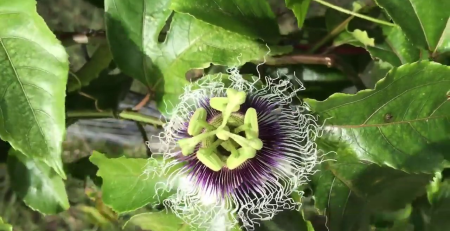
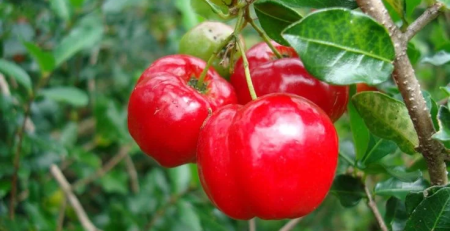
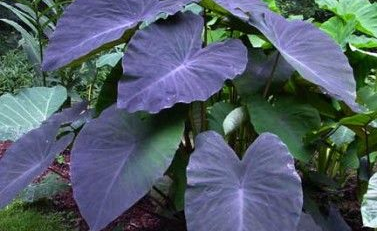
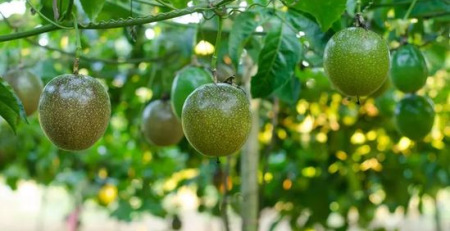

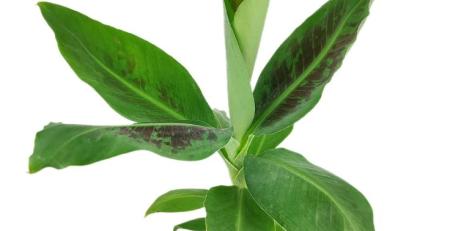
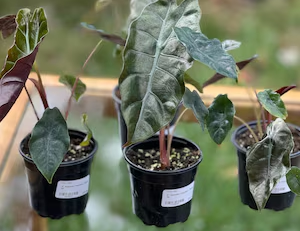
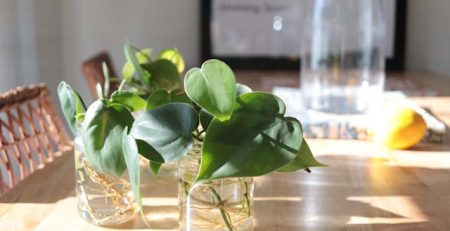
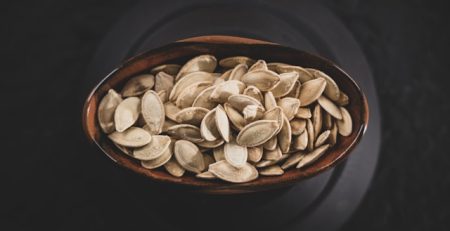
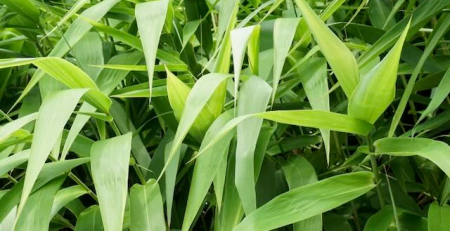
Leave a Reply